Home>Articles>When To Clean And Sanitize A Three Compartment Sink
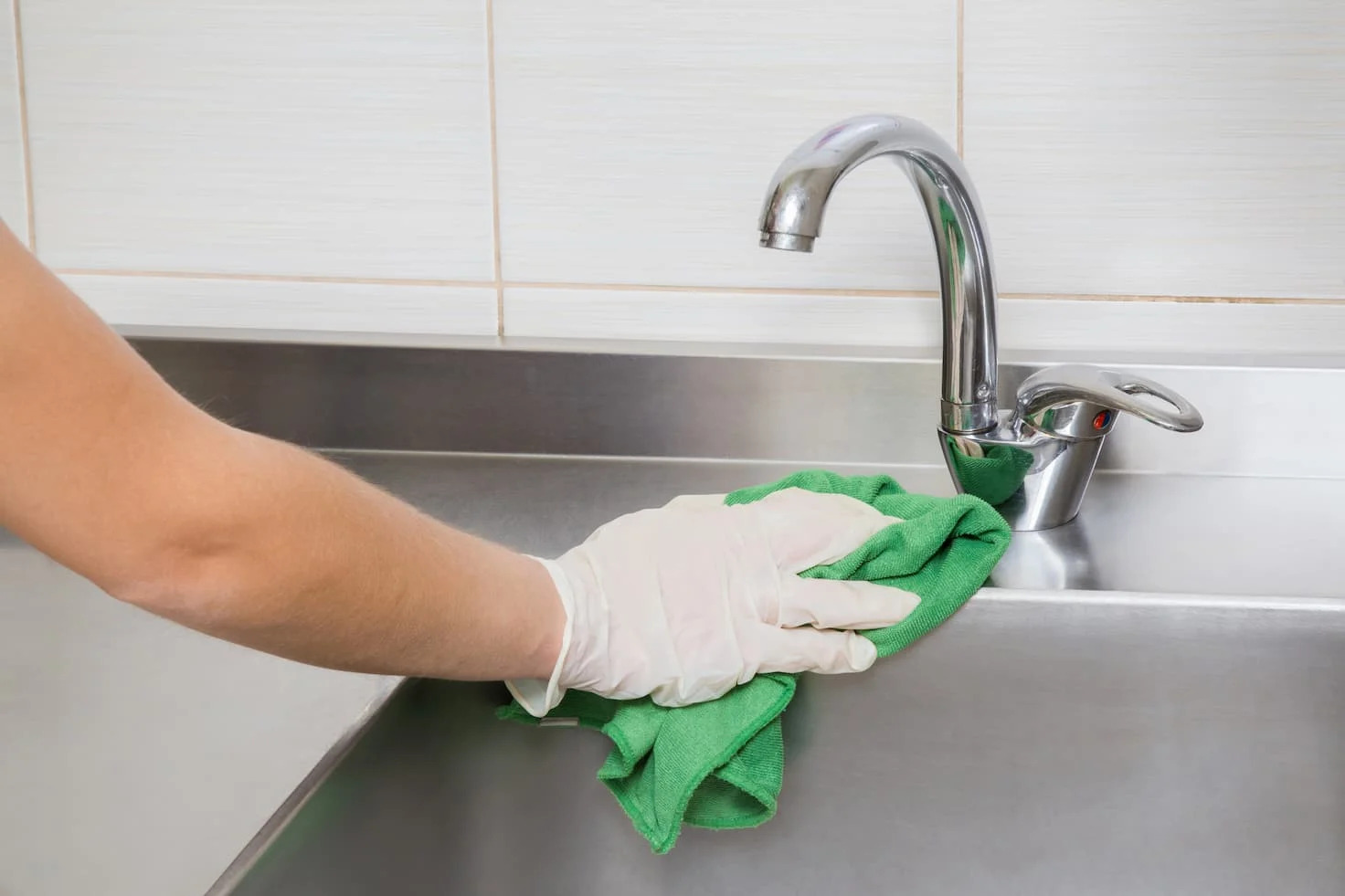

Articles
When To Clean And Sanitize A Three Compartment Sink
Modified: December 7, 2023
Discover the proper cleaning and sanitizing process in a three-compartment sink. Learn when the crucial cleaning step occurs and how it ensures a hygienic environment. Find more articles on cleaning methods.
(Many of the links in this article redirect to a specific reviewed product. Your purchase of these products through affiliate links helps to generate commission for Storables.com, at no extra cost. Learn more)
Introduction
Cleaning and sanitizing are crucial steps in maintaining proper hygiene and preventing the spread of harmful bacteria and viruses. In commercial kitchens and foodservice establishments, the use of a three compartment sink is a common method for cleaning and sanitizing dishes, utensils, and other food contact surfaces.
A three compartment sink is a large sink divided into three sections: one for washing, one for rinsing, and one for sanitizing. This setup allows for a thorough cleaning process that helps remove dirt, grease, and microorganisms, ensuring safe and sanitary conditions in the kitchen.
Understanding the specific steps and optimal timing for each stage of the cleaning and sanitizing process in a three compartment sink is essential for effective food safety management. In this article, we will focus on the cleaning step and when it should occur in relation to the other stages.
By mastering the proper procedures and adhering to best practices, foodservice professionals can ensure the cleanliness and safety of their operations, protecting the health of both employees and customers.
Key Takeaways:
- Immediate cleaning, regular intervals, and thorough cleaning between different food items are crucial best practices for maintaining a safe and hygienic environment in commercial kitchens using a three compartment sink.
- Factors such as soiling level, cleaning agents, and utensil complexity impact the timing and efficiency of the cleaning step in a three compartment sink. Adapting to these factors optimizes the cleaning process and minimizes contamination risks.
Definition of a three compartment sink
A three compartment sink, also known as a triple sink, is a large-scaled sink that is commonly found in commercial kitchens and foodservice establishments. It is specifically designed to facilitate the cleaning and sanitizing process for dishes, utensils, and other food contact surfaces.
The sink is divided into three sections, each serving a distinct purpose:
- Washing section: This is where the initial cleaning of the items takes place. It is filled with hot soapy water and equipped with a scrub brush, sponge, or other suitable cleaning tools. The washing section is where the majority of debris, food particles, and grime are removed from the items.
- Rinsing section: After the items have been washed, they are transferred to the rinsing section, which is filled with clean water. This step is essential to remove any remaining soap or detergent residue from the items.
- Sanitizing section: Once the items have been thoroughly rinsed, they are placed in the sanitizing section, where they are immersed in a sanitizing solution. This solution is typically a mix of water and a chemical sanitizer like chlorine or iodine. The sanitizing step kills any remaining bacteria and germs, ensuring the items are safe for use.
The three compartment sink is specifically designed to meet health department regulations and food safety standards. It provides a convenient and efficient way to clean and sanitize a large volume of dishes and utensils in a commercial setting, promoting hygienic practices and reducing the risk of foodborne illnesses.
Importance of Cleaning and Sanitizing in a Three Compartment Sink
Cleaning and sanitizing in a three compartment sink is of utmost importance in maintaining a safe and sanitary environment in commercial kitchens and foodservice establishments. Here are some key reasons why these steps are essential:
- Prevention of foodborne illnesses: Proper cleaning and sanitizing procedures help to eliminate harmful bacteria, viruses, and other pathogens that can cause foodborne illnesses. By effectively removing dirt, grease, and food residues from dishes and utensils, and then sanitizing them, the risk of cross-contamination and foodborne illness transmission is significantly reduced.
- Compliance with health and safety regulations: Health departments and regulatory agencies have stringent guidelines and requirements for food safety. By following proper cleaning and sanitizing protocols in a three compartment sink, foodservice establishments can ensure compliance with these regulations and avoid penalties or closures due to health code violations.
- Customer trust and satisfaction: Maintaining proper hygiene and sanitation practices in a commercial kitchen is essential for building trust with customers. When patrons see that their dishes and utensils are being thoroughly cleaned and sanitized, it enhances their confidence in the establishment’s commitment to food safety. This, in turn, enhances customer satisfaction and loyalty.
- Prolonging the lifespan of equipment and utensils: Regular cleaning and sanitizing in a three compartment sink not only ensures food safety but also helps to preserve the lifespan and functionality of equipment and utensils. By removing food debris, grease, and stains promptly, the risk of corrosion, buildup, and damage to utensils and equipment is minimized.
- Employee health and safety: The cleanliness of a commercial kitchen directly impacts the health and safety of the employees working in the environment. Proper cleaning and sanitizing practices reduce the risk of cross-contamination and the spread of harmful microorganisms, protecting the health of the staff and preventing workplace illnesses.
Overall, the importance of cleaning and sanitizing in a three compartment sink cannot be overstated. It not only ensures the safety and well-being of both customers and employees but also helps businesses maintain a positive reputation for food safety and hygiene.
Overview of the Cleaning and Sanitizing Process in a Three Compartment Sink
The cleaning and sanitizing process in a three compartment sink consists of several distinct steps that are crucial for effective food safety. Let’s take a closer look at the overview of this process:
- Preparation: Before starting the cleaning and sanitizing process, it is essential to gather all the necessary supplies and equipment. This includes detergent or soap for washing, clean water for rinsing, and a sanitizing solution. Additionally, ensure that the sink and all utensils are cleaned and free from any residual grime or food particles.
- Washing: The first compartment of the sink is used for washing. It is filled with hot water and detergent or soap. Utensils and dishes are thoroughly scrubbed using a brush, sponge, or suitable cleaning tool to remove dirt and grease. It is important to wash items thoroughly, paying close attention to hard-to-reach areas.
- Rinsing: After washing, the items are transferred to the second compartment, which is filled with clean water for rinsing. This step removes any remaining soap or detergent residue, ensuring that the utensils are free from any chemicals that may affect taste or safety. Items should be fully submerged and agitated to ensure thorough rinsing.
- Sanitizing: Once the items have been rinsed, they are placed in the third compartment, which contains a sanitizing solution. The solution is typically a combination of water and a chemical sanitizer, such as chlorine or iodine. Utensils should be allowed to soak in the solution for the recommended time to ensure effective sanitization.
- Drying and storage: After the items have been sanitized, they should be removed from the sink and allowed to air dry or be dried with a clean towel. Once dry, utensils should be stored in a clean and designated area, ideally away from potential sources of contamination.
It is important to note that throughout the entire process, proper hygiene practices should be followed, including frequent handwashing and the use of disposable gloves and clean towels to avoid cross-contamination.
By following these steps consistently and incorporating them into the daily routine, foodservice professionals can ensure that their utensils and dishes are thoroughly cleaned, sanitized, and safe for use.
The cleaning step occurs in the first compartment of the three-compartment sink when cleaning and sanitizing. This is where the dishes are washed with soap and water to remove food residue and grease.
Understanding the Cleaning Step in a Three Compartment Sink
The cleaning step in a three compartment sink is a vital part of the overall cleaning and sanitizing process. This step focuses on removing dirt, grime, and food residues from utensils and dishes, ensuring they are free from visible contaminants before moving on to rinsing and sanitizing.
During the cleaning step, the first compartment of the sink is filled with hot water and an appropriate detergent or soap. The temperature of the water should be maintained at a level that promotes effective cleaning without compromising the integrity of the utensils.
Utensils and dishes are placed in the wash compartment and cleaned using a brush, sponge, or other suitable cleaning tools. It is important to scrub all surfaces, including hard-to-reach areas and crevices, ensuring that all visible debris is removed.
Proper technique during the cleaning step is crucial. Utensils and dishes should be scrubbed thoroughly, paying attention to areas where food particles can accumulate, such as the bottom of pots and pans or the crevices of utensils. It is advised to follow a consistent pattern, systematically working through the items, and avoiding cross-contamination between dirty and clean utensils.
Effective cleaning also involves the proper use of cleaning agents or detergents. The chosen detergent should be suitable for the specific needs of the kitchen, such as removing grease or baked-on residues. Following the manufacturer’s instructions for the detergent ensures optimal results.
Once the utensils and dishes have been sufficiently scrubbed, they are ready to move on to the rinsing step. It is crucial to ensure that all visible dirt and soap residue are thoroughly rinsed off during this transition. Failure to rinse properly can result in an unpleasant taste, texture, or appearance of the food being prepared later with the cleaned utensils.
Understanding the importance and process of the cleaning step in a three compartment sink is essential for maintaining a high standard of cleanliness and minimizing the risk of contamination. By effectively removing visible dirt and residues, foodservice professionals can create a solid foundation for subsequent rinsing and sanitizing steps, ensuring the safety and quality of the utensils used in food preparation.
Read more: How To Use A Three Compartment Sink
Factors Affecting the Timing of the Cleaning Step in a Three Compartment Sink
The timing of the cleaning step in a three compartment sink is influenced by various factors that can impact the effectiveness and efficiency of the cleaning process. Understanding these factors is crucial for maintaining proper food safety protocols. Here are some key factors that can affect the timing of the cleaning step:
- Level of Soiling: The degree of soiling on the utensils and dishes can impact the duration of the cleaning step. Items that are heavily soiled with grease, food residue, or baked-on grime will require more time and effort to clean effectively. It is important to allocate enough time to thoroughly clean these items and remove all visible contaminants.
- Cleaning Agents and Tools: The type and effectiveness of the cleaning agents and tools used in the cleaning step can also affect the timing. High-quality detergents specifically formulated for removing grease and food particles can expedite the cleaning process. Similarly, using suitable brushes or scrubbers can enhance the efficiency of cleaning and reduce the time required.
- Temperature of Water: The temperature of the water used in the wash compartment can impact the effectiveness of the cleaning step. Hot water is generally more effective in breaking down grease and removing tough residues. However, it is essential to balance the temperature to ensure safe handling and prevent damage to sensitive utensils.
- Complexity of Utensils: Utensils with intricate designs, crevices, or hard-to-reach areas may require additional time and attention during the cleaning step. Such items can trap food residues, making thorough cleaning more challenging. Paying extra attention to these areas and employing suitable cleaning tools will ensure effective cleaning.
- Workload and Staffing: The volume of utensils to be cleaned and the availability of sufficient staff can affect the timing of the cleaning step. A higher workload may require additional time, necessitating the allocation of adequate resources and manpower to complete the cleaning process effectively. Efficient workflow management and staffing adjustments can help optimize the cleaning time.
By taking these factors into consideration, foodservice professionals can determine the ideal timing for the cleaning step in a three compartment sink. Adapting the process to suit the specific needs and challenges of the kitchen environment will result in thorough and efficient cleaning, contributing to a safe and hygienic food preparation area.
Best Practices for When to Perform the Cleaning Step in a Three Compartment Sink
Performing the cleaning step in a three compartment sink at the right time is crucial for maintaining proper hygiene and ensuring the effectiveness of the overall cleaning and sanitizing process. Here are some best practices to consider when determining when to perform the cleaning step:
- Immediate cleaning: It is generally recommended to clean utensils and dishes as soon as possible after use. Leaving them unwashed for an extended period can allow food residues to dry and harden, making the cleaning process more challenging. Immediate cleaning helps prevent the growth of bacteria and ensures easier removal of debris.
- Between different food items: To prevent cross-contamination, it is essential to clean utensils and dishes between handling different food items. This is particularly important when working with raw meat, seafood, or allergenic ingredients. Cleaning the utensils after each use helps minimize the risk of transferring harmful bacteria or allergens to other food items.
- Regular cleaning intervals: Establishing regular cleaning intervals throughout the day ensures that utensils and dishes are consistently cleaned and ready for use. This can be done based on the workflow and usage patterns in the kitchen. Setting a schedule for cleaning intervals helps maintain a hygienic environment and prevents the accumulation of dirty dishes or utensils.
- When contamination is suspected: If there is a possibility of contamination, such as accidental drops on the floor or contact with unsanitary surfaces, it is crucial to immediately clean and sanitize the affected utensils. This helps prevent the spread of bacteria and maintain the integrity of the cleaning process.
- End-of-day cleaning: Before closing the kitchen or at the end of the day, it is important to thoroughly clean and sanitize all utensils and dishes used during food preparation. This ensures that the kitchen starts the next day with clean and sanitary tools. Proper storage of the cleaned items is also essential to prevent recontamination.
- Monitoring and adjusting: Constant monitoring of the cleaning process and adjusting the timing as needed is crucial. By regularly assessing the effectiveness and efficiency of the cleaning step, foodservice professionals can identify areas for improvement and make necessary adjustments to optimize the overall cleaning and sanitizing workflow.
Following these best practices helps maintain a consistently high standard of cleanliness and hygiene in the kitchen. By implementing a proactive approach to the timing of the cleaning step in a three compartment sink, foodservice professionals can ensure the safety and quality of the utensils and dishes used for food preparation, ultimately creating a healthy and trustworthy dining experience for customers.
Conclusion
The cleaning and sanitizing process in a three compartment sink plays a crucial role in maintaining a safe and hygienic environment in commercial kitchens and foodservice establishments. Understanding the steps involved and the factors that affect the timing of the cleaning step is essential for effective food safety management.
By adhering to best practices and following proper procedures, foodservice professionals can ensure the cleanliness and safety of their operations. Immediate cleaning, regular cleaning intervals, and thorough cleaning between different food items are key practices that help prevent cross-contamination and the spread of harmful bacteria.
Additionally, factors such as the level of soiling, the effectiveness of cleaning agents and tools, and the complexity of utensils can impact the timing and efficiency of the cleaning step. By considering these factors and making necessary adjustments, foodservice professionals can optimize the cleaning process and minimize the risk of contamination.
Regular monitoring, evaluation, and adjusting of the cleaning process are vital to maintain a consistently high standard of cleanliness. This includes end-of-day cleaning to ensure a fresh start the next day and immediate cleaning in case of suspected contamination.
By prioritizing proper cleaning and sanitizing practices, foodservice professionals not only comply with health and safety regulations but also build trust with customers, enhance employee health and safety, and prolong the lifespan of equipment and utensils.
In conclusion, understanding the cleaning step in a three compartment sink and implementing best practices for timing and execution is key to ensuring a clean, safe, and hygienic environment in any foodservice establishment. By prioritizing proper cleaning and sanitizing procedures, foodservice professionals can create a healthy and trustworthy dining experience for their customers.
Frequently Asked Questions about When To Clean And Sanitize A Three Compartment Sink
Was this page helpful?
At Storables.com, we guarantee accurate and reliable information. Our content, validated by Expert Board Contributors, is crafted following stringent Editorial Policies. We're committed to providing you with well-researched, expert-backed insights for all your informational needs.
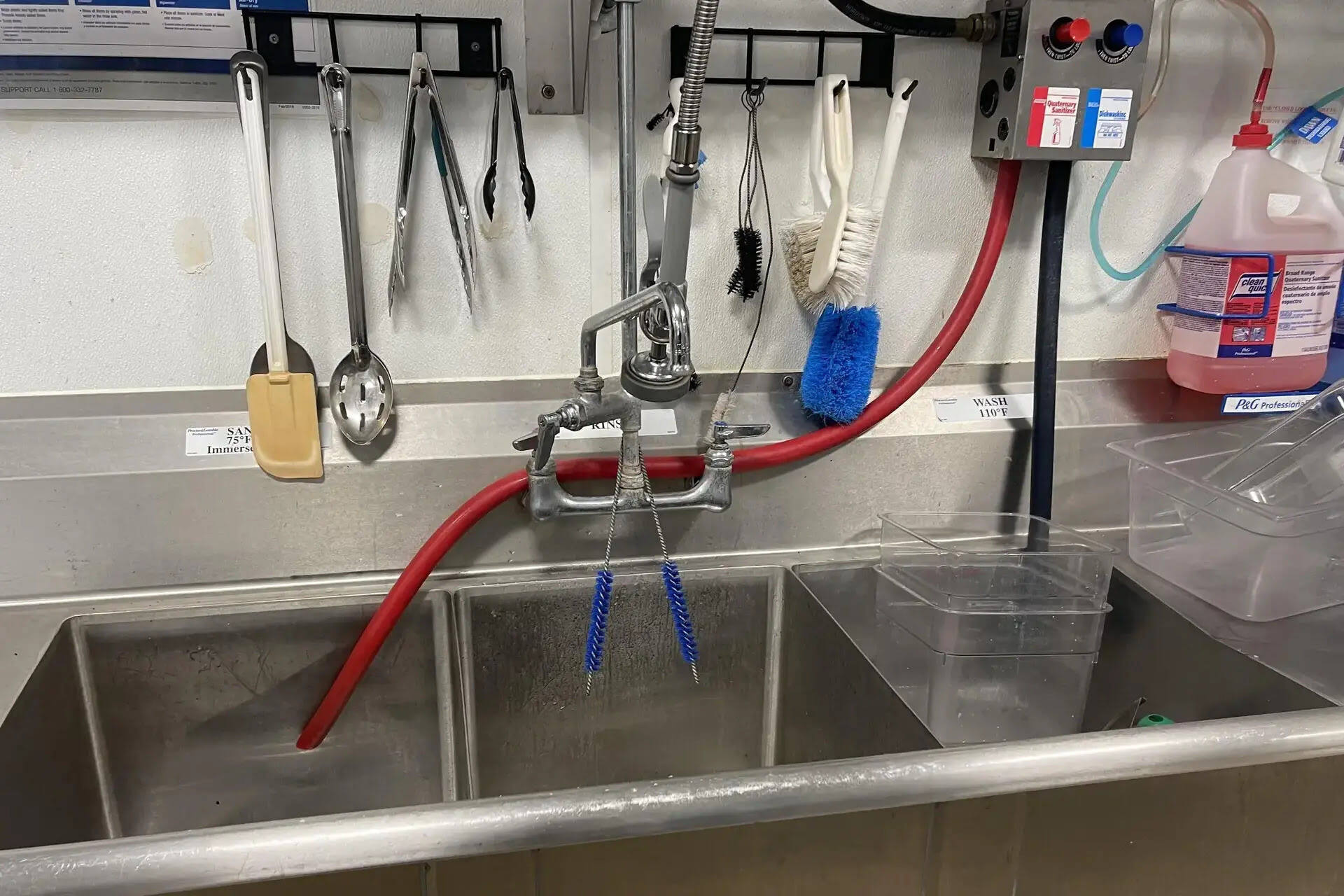
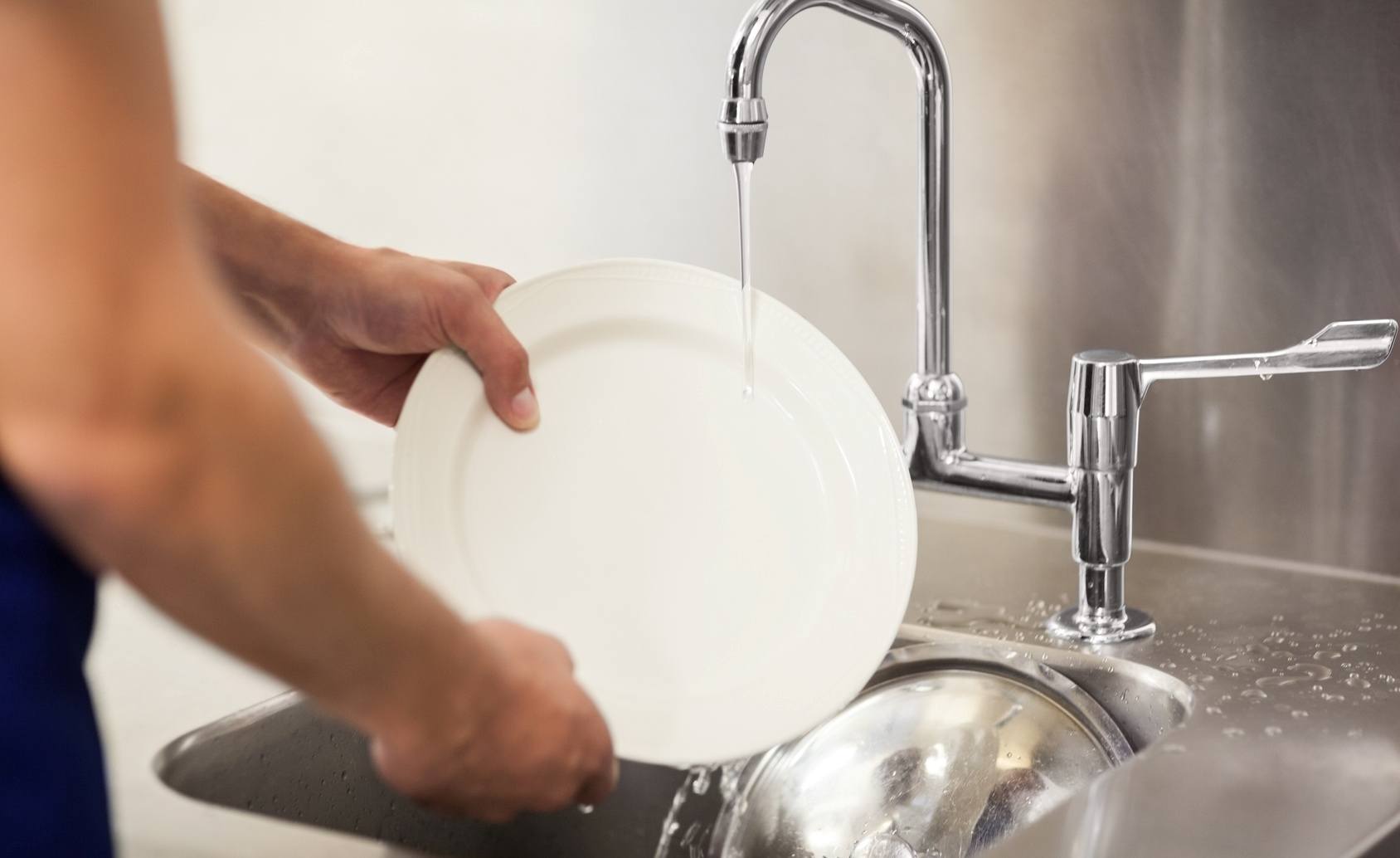
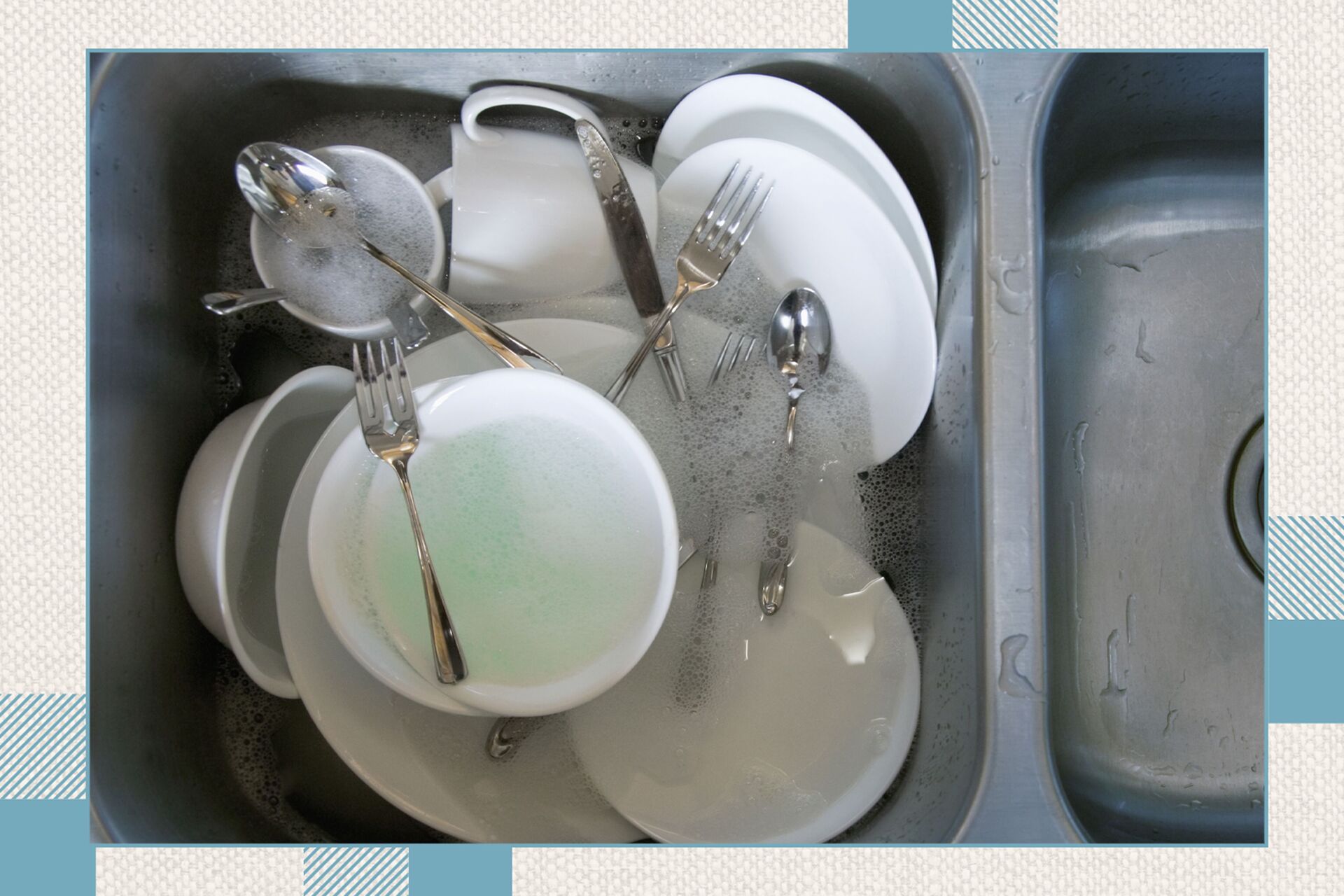
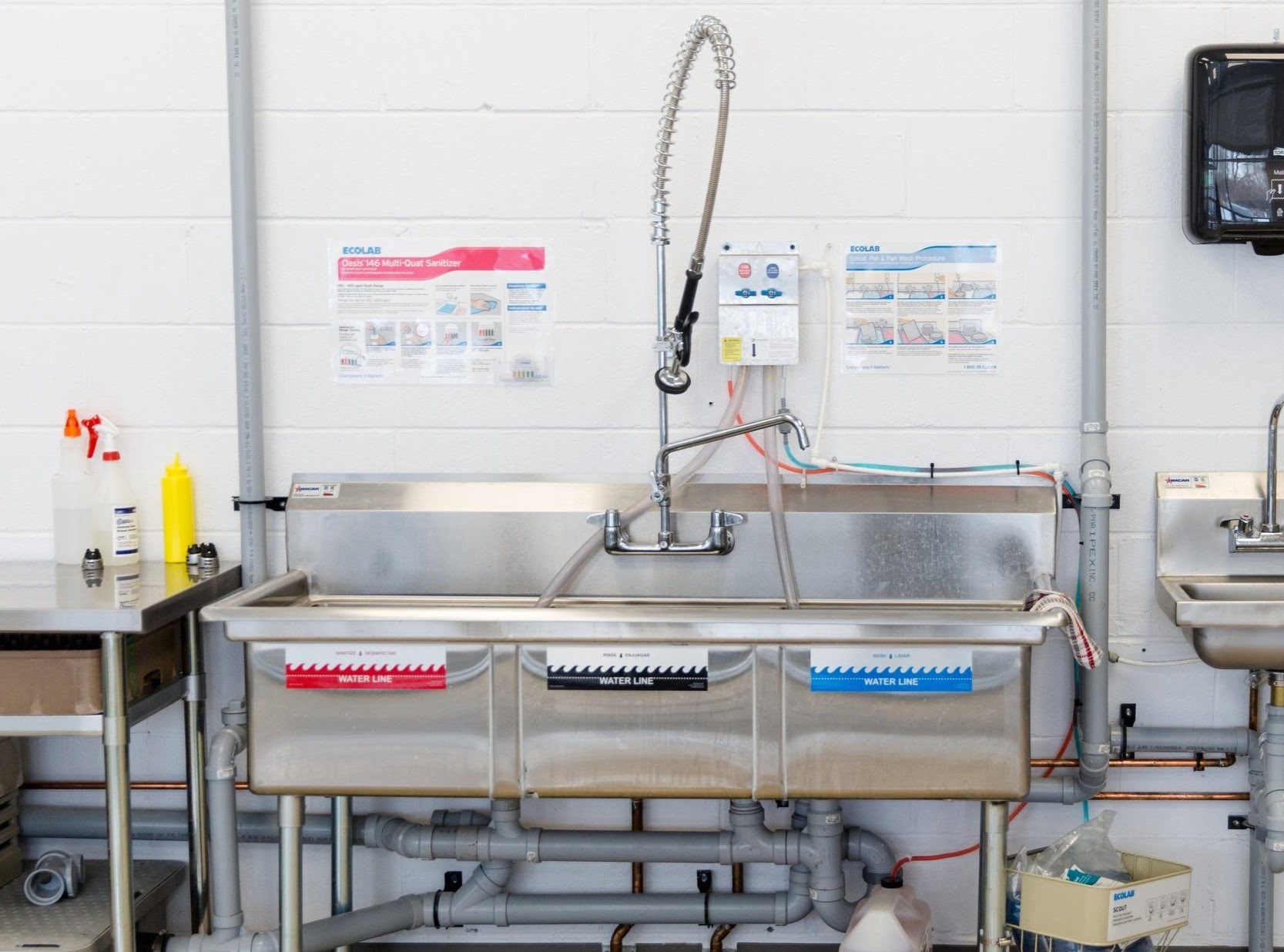
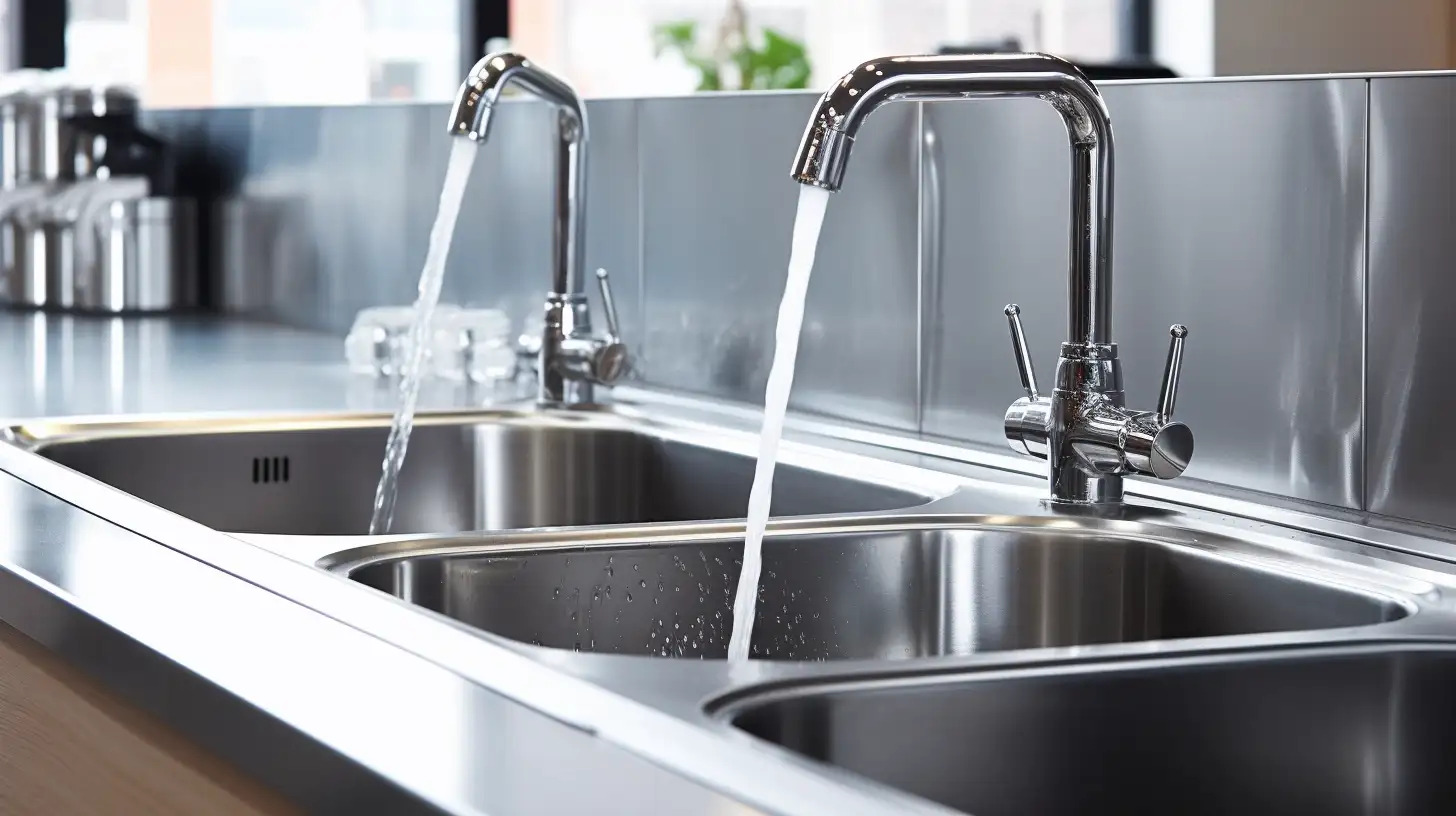




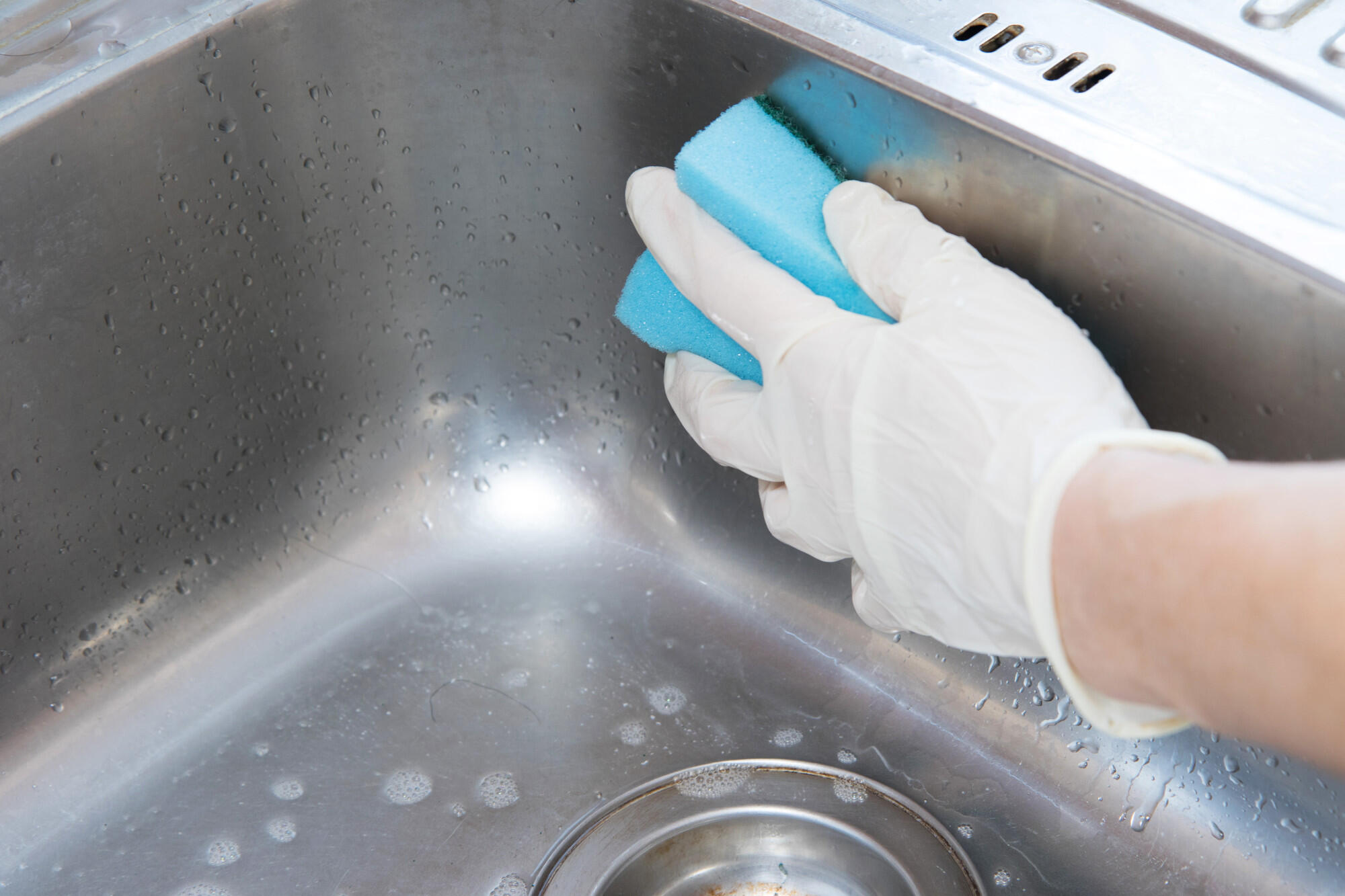
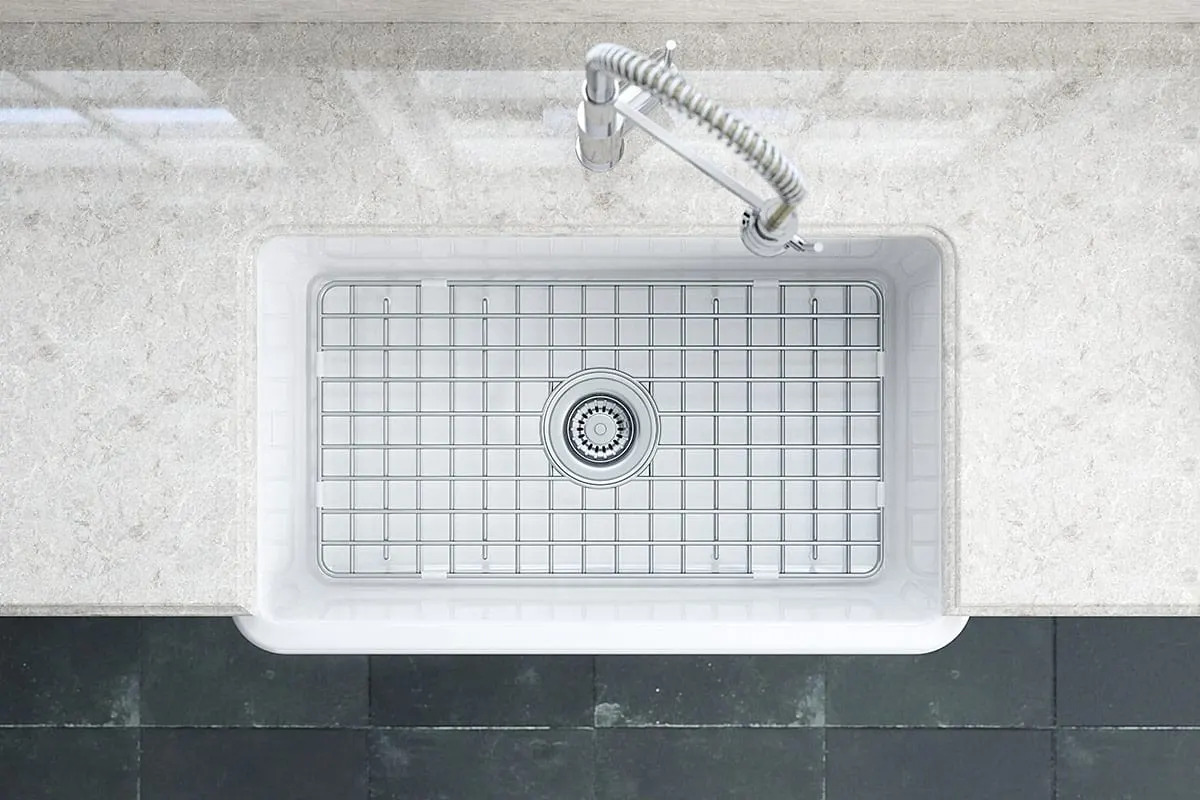
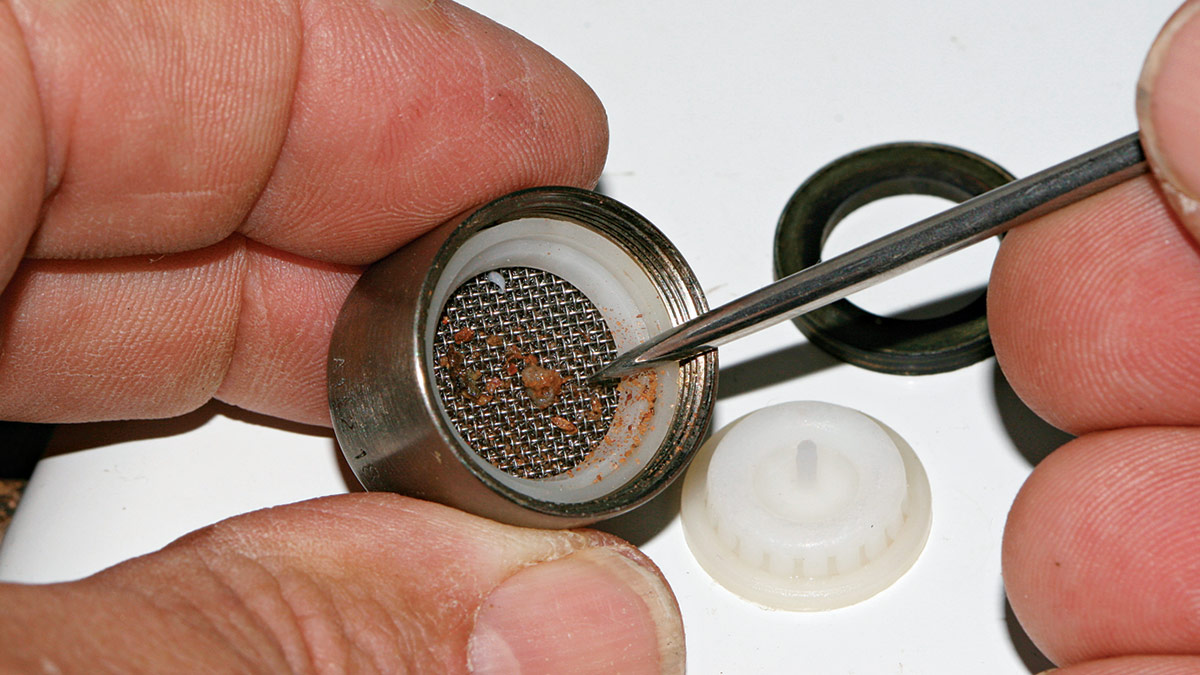



0 thoughts on “When To Clean And Sanitize A Three Compartment Sink”